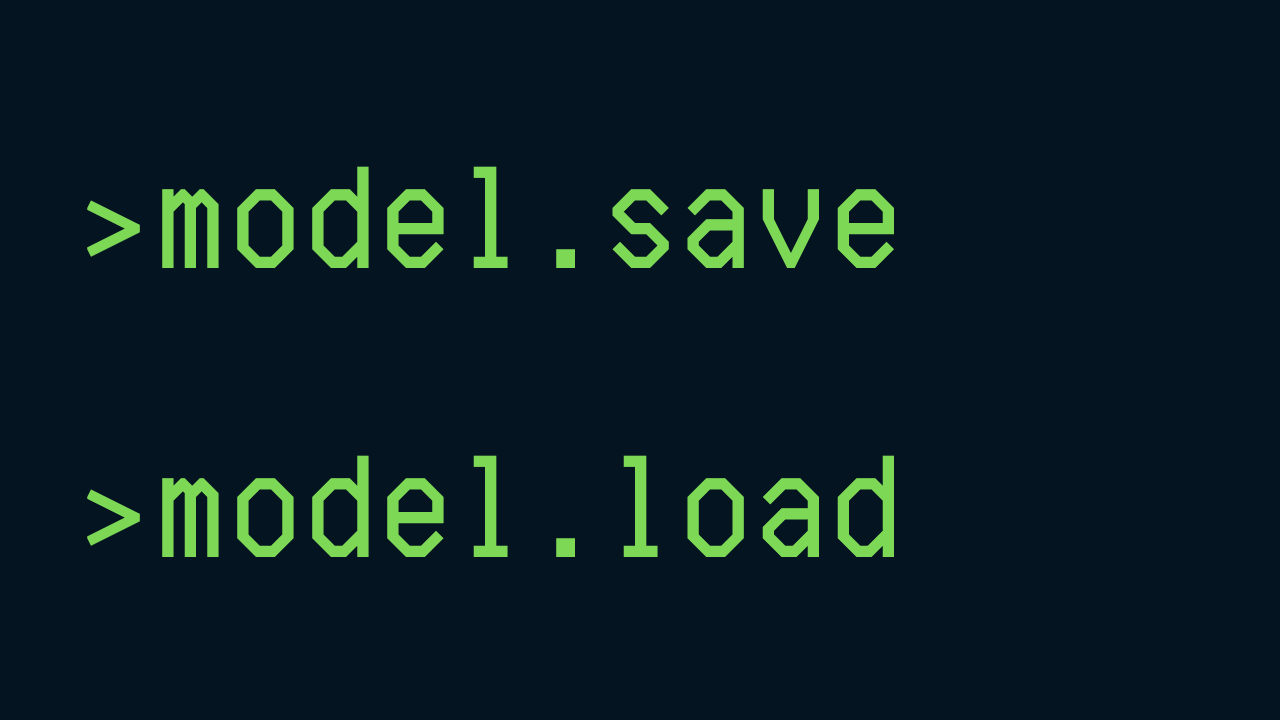
How To Train A Random Forest With XGBoost
Are you looking to train a Random Forest using XGBoost for classification or regression tasks but aren’t sure where to start? In this tutorial, I will first briefly explain the mechanisms behind XGBoost and Random Forest and highlight their differences. Then, I’ll guide you through a step-by-step process of training an XGBoost Random Forest for both classification and regression tasks using a real-world dataset. By the end of this tutorial, you’ll be well-equipped to tackle your own projects with confidence and expertise....












